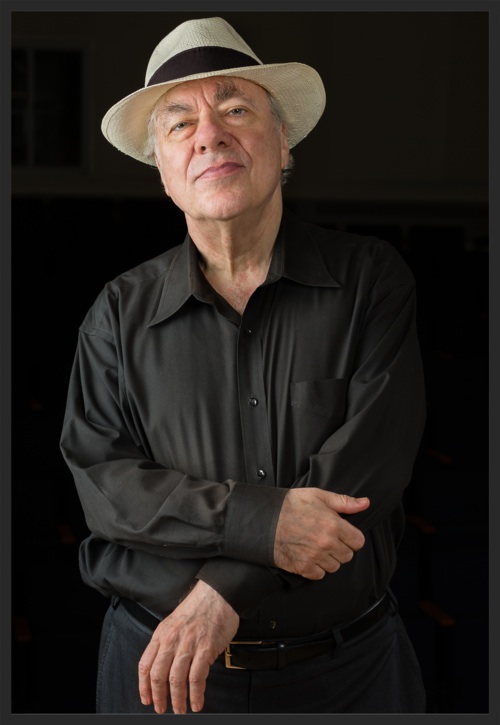Goode explores four centuries of keyboard music at Lincoln Center

Richard Goode performed a recital Tuesday night at Alice Tully Hall. Photo: Steve Ryskind
On Tuesday, Richard Goode was bent on showing the range he has developed in his outstanding career. The American pianist’s recital at Alice Tully Hall, under the auspices of Lincoln Center’s Great Performers series, presented music from four different centuries.
The program proceeded chronologically, starting in 1591 with selections from William Byrd’s My Ladye Nevells Booke of Virginal Music. Goode took an interesting tack in this music—one expects a crisp articulation with this kind of firm counterpoint, but his delicate pedaling brought warmth to the two Pavanes he played, particularly the Third Pavane, a deep and thoughtful reflection, providing contrast to the bright energy of its Galliarde.
The same method was less successful in Goode’s Bach selection, the English Suite No. 6 in D minor. His playing was grand and stately in the Prelude and Allemande, but he tripped over the inner fast movements. While there was a certain excitement to the rapid flow of the Courante, the gloss of Goode’s pedaling made it difficult to follow the line, as the intricate counterpoint was drowned in the torrent. The Sarabande, though lovely in some of its detail, was unsteady, and its double became badly tangled in spots.
Goode found his form, thankfully, for the end of the suite, due largely to a more measured approach. While he was more strictly in time in the two Gavottes than earlier in the suite, the music had more room to breathe, unfolding in its own time and showing Goode’s keen feeling for the line. The closing Gigue, even and clear, was brilliantly played; without his tempo rushing ahead, the innate storminess of the music came through.
Goode is a celebrated interpreter of Beethoven, and his take on the Sonata No. 28, Op. 101, was perhaps the most attractive feature of the program. The opening movement showed his gift for color and phrase with warm sighs and sparkling turns. Grace and wit characterized his interpretation of the second movement, though a slightly more marcato attack would have helped to achieve Beethoven’s “Marchmäßig” indication.
He brought a lovely, quiet sadness to the diminutive third movement, pulling at the ends of phrases and achieving warm glow in the sound. The start of the finale was bursting with joy, though much of the fugato later on felt rather stiff.
Given Goode’s association with the classical and romantic rep, it came as a surprise that the most compelling playing of the evening was in Book 2 of Debussy’s Preludes, which made up the second half. His rippling, ghostly textures created an ideal shimmer from the start of “Brouillards,” and “Feuilles mortes” was just as evocative with its slow, falling figures. “La puerta del vino” brought with it a sultry whisper of a habanera.
Standing out among the twelve preludes was “General Lavine—eccentric,” with sly shaping in the playful lines of the cakewalk, marked by little outbursts of comic gesture. “Feux d’artifice, the last of the dozen,” was a tour de force as the veteran pianist showed superb virtuosity, landing Debussy’s dazzling effects with real purpose.
A parade of encores has become de rigueur for piano recitals, but Goode offered just one: Chopin’s Op. 60 Barcarolle, stylishly played, with just the perfect touch of sentiment.


